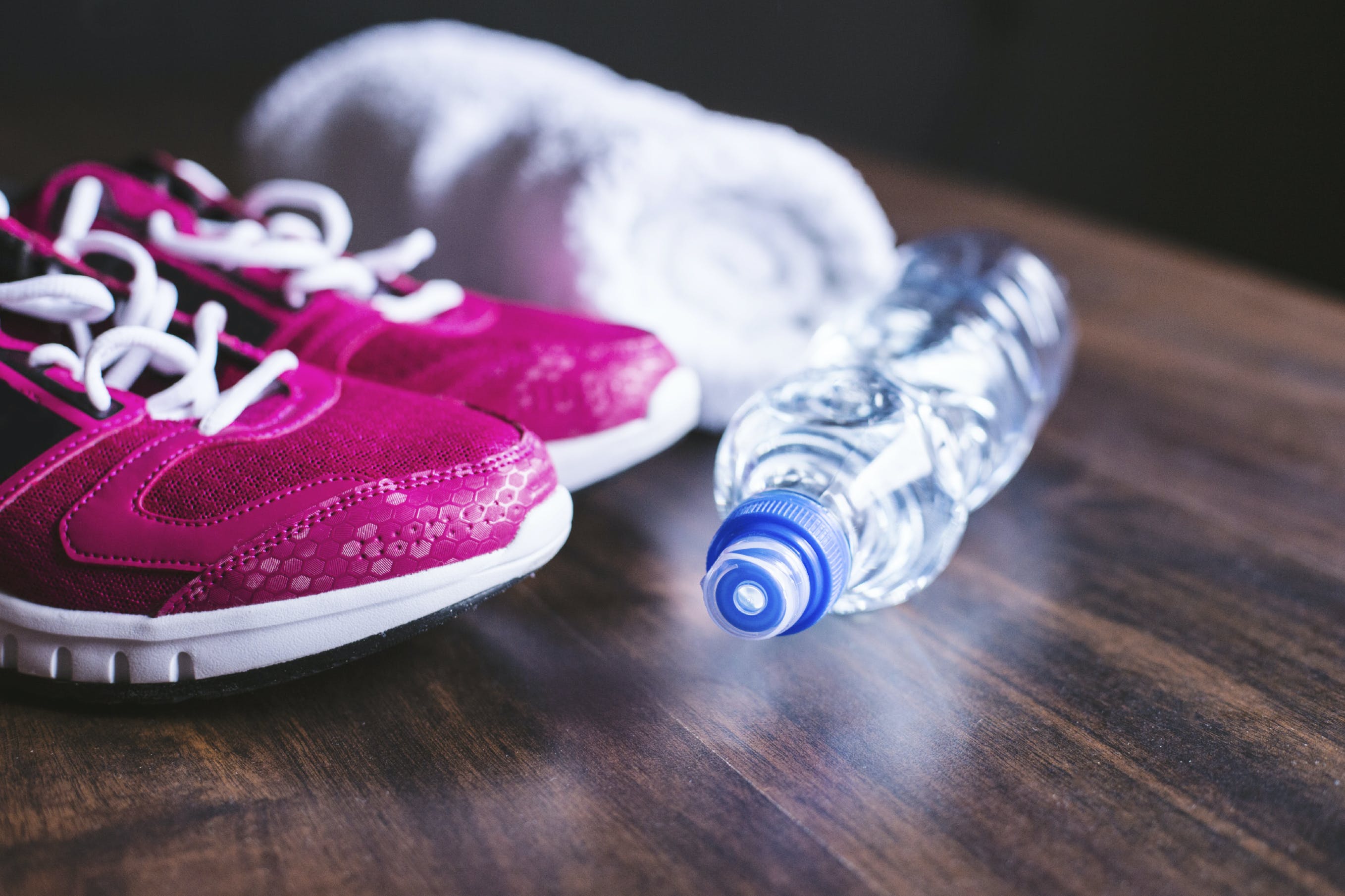As parents, we want what’s best for our children. We pack healthy snacks in their lunchboxes, remind them to eat their vegetables during dinner, and tell them to go to sleep at a reasonable time. But what about exercise? Children who are physically active tend to perform better at school and have healthier self-esteem than those who aren’t, so it’s important to encourage them to play outside and keep on moving. After all, it’s our job as parents to make sure that our kids grow up healthy and strong!
When my 11-year-old son asked me for a fitness tracker, I became interested in finding out how much exercise he actually gets. Although he’s an active child who hardly watches television and never seems to stop moving, his first few weeks of tracked activities were very eye-opening. Even with 20 minutes of recess per day, two 30-minute gym classes a week, and hockey practice, he struggled to reach 10,000 steps each day unless he added a leisurely walk to his routine.
My son’s results made me realize how many hours of a child’s day are spent sitting – in class, in the car, at the kitchen table. Are we fostering inactivity as a culture? Can we do better? Research gives us plenty of reasons to put more effort into keeping our kids active. One of the many benefits of exercise is that it supports a healthy and developing brain. Children who get ample physical activity are able to better concentrate and improve their cognitive skills. They’re also less likely to become aggressive or develop other behavioral problems. Most importantly, exercise keeps our kids happy and healthy.
Active children set themselves up for healthy adolescence and adulthood. Exercising regularly at a young age gives them a head start in lowering their risks of diseases, such as type 2 diabetes, stroke, cardiovascular disease, and even cancer. Physical activity also builds and strengthens muscles and bones, while significantly reducing their chances of becoming obese. Exercise improves both the physical and mental health of children, so doesn’t it make sense to schedule more activities into their days instead of making them sit in class for long periods of time?
There are many ways for schools to encourage their students to stay active. Teachers can get creative when including physical activities into their class schedules – from walking outside while discussing the books they’re reading to starting the day off with a fun game of dodgeball. There are even more ways to keep your kids active outside of school. They can join a local youth sports team, bike around the neighborhood, play tag with the kids next door – the possibilities are endless. What matters most is that your kids keep on moving.
It’s never too early to get your children into the habit of staying active. For us, exercise might seem like a task we squeeze into our busy schedules. For them, it’s a chance to go outside and play. And while they’re having fun, you can rest easy, knowing that your kids are getting the exercise they need to continue doing their best in school, all while staying healthy.
Nutritional information
Recipe: Creamy Green Strawberry Dream Serving in this recipe:1
- Calories: 236.6
- Total Fat: 3.6 g 5.5%
- Saturated Fat: 0.4 g 1.9%
- Cholesterol: 0 mg 0%
- Sodium: 358.7 mg 14.9%
- Total Carbs: 45.7 g 15.2%
- Dietary Fiber: 9.9 g 39.4%
- Sugar: 22.1 g
- Protein: 8.1 g 16.2%
- Vitamin A: 481.9% Vitamin C: 244.1%
- Calcium: 68.5% Iron: 26.1%
* Percent Daily Values are based on a 2,000 calorie diet. Your daily values may be higher or lower depending on your calorie needs.




























